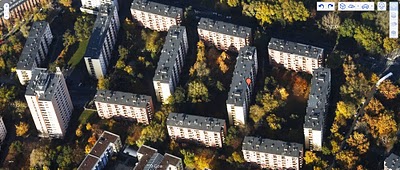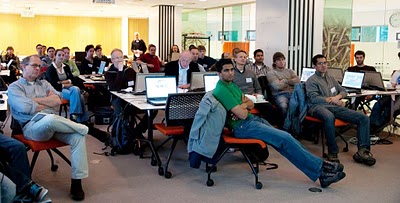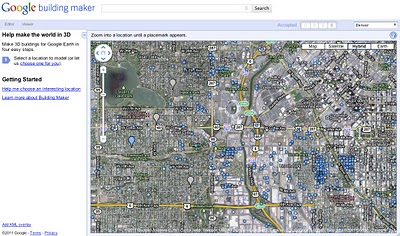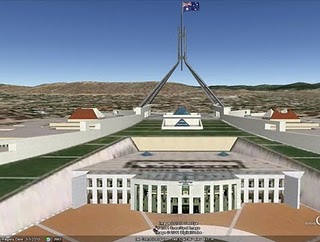The American Society of Landscape Architects has produced a number of beautiful and educational animations collectively called Designing Our Future: Sustainable Landscapes. Even better, ASLA asked our good friend Daniel Tal to write, narrate and produce them with SketchUp. You probably know Dan as a bestselling SketchUp author; it turns out he’s a pretty phenomenal video guy, too. Here’s one of them:
Here’s how ASLA describes the raison d’etre for this project:
These animations and their supporting materials are meant to help the public get a sense of both sustainable landscape design and the type of work that landscape architects do. Each animation has a companion guide to sustainability education resources. Designed specifically for students from kindergarten to 12th grade, the resources include curricula, games, activity guides, and videos to help classrooms explore these ideas in greater depth. All these resources are at your disposal when you are discussing the profession in your communities.
Congratulations to ASLA, Daniel Tal and the National Endowment for the Arts (who provided some of the funding for this undertaking) on their commitment to educating people about the impact that design—both good and bad—can have on their everyday lives. I've always believed that the best way to promote good design is to make the tools more accessible. Affordable tools that are easier to learn encourage more people to participate in the process. Participation inevitably leads to understanding, which I think is the key to making better decisions about design.
As both a designer and an educator, I encourage you to watch the rest of these animations and to share them with wild abandon. You’ll be doing the world a favor.


































